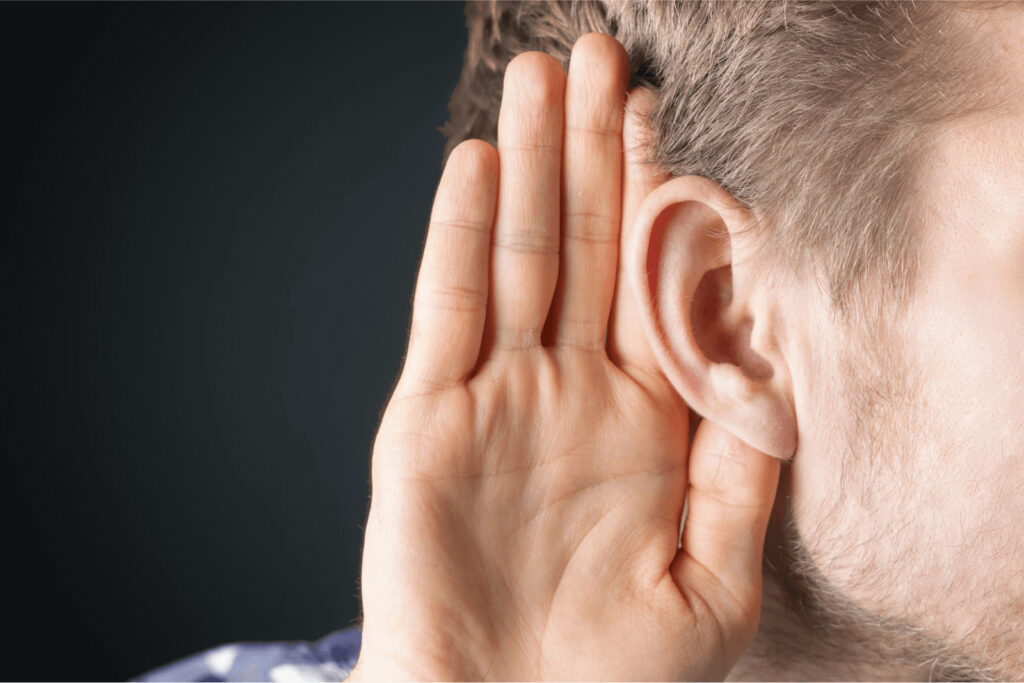Emergencies can strike without warning, leaving individuals with hearing loss vulnerable to communication barriers and potential safety risks. As a leading audiologist, I understand the critical importance of ensuring that everyone, including those with hearing loss, is adequately prepared to navigate such situations. This article aims to provide valuable insights and strategies for individuals with hearing loss, their families, and professionals to enhance emergency preparedness.
Understanding the Challenges
Hearing loss can significantly hinder an individual’s ability to receive and comprehend auditory cues, which are vital during emergencies. The inability to hear alarms, sirens, or verbal instructions can lead to delays in responding appropriately. Recent research underscores the need for tailored solutions to address these challenges, focusing on both existing technologies and futuristic interventions.
Current Technological Solutions
Advancements in technology have yielded innovative tools to assist individuals with hearing loss during emergencies. Many modern fire alarm systems incorporate strobe lights and low-frequency sound signals, catering to those who cannot perceive high-pitched alarms. Additionally, vibration-based alerting systems, wearable devices, and smartphone apps can transmit emergency alerts through tactile and visual means, ensuring that individuals are promptly notified.
For instance, recent studies have shown that wearable devices equipped with sensors can detect specific emergency sounds such as smoke alarms, car horns, and shouts for help. These devices then relay these signals to the user through vibrations or visual cues, ensuring timely awareness.
Personalized Preparedness Plans
Creating a personalized emergency preparedness plan is crucial for individuals with hearing loss. Families and caregivers should develop clear communication strategies and practice emergency scenarios. Visual aids such as written instructions and pictograms can be invaluable for conveying essential information. Regular drills and rehearsals can help everyone involved understand their roles and responsibilities.
Training for Professionals
Emergency responders and healthcare professionals should undergo specialized training to effectively communicate with individuals with hearing loss during crises. This training could encompass basic sign language, clear enunciation, and the effective use of written instructions. Moreover, incorporating hearing loss awareness into the curricula of medical and rescue personnel can foster a more inclusive approach to emergency response.
Futuristic Interventions
As technology continues to evolve, the future holds promising interventions that could revolutionize emergency preparedness for individuals with hearing loss.
1. Augmented Reality (AR) Assistance
AR glasses equipped with speech-to-text capabilities could provide real-time transcriptions of spoken instructions during emergencies. This would allow individuals with hearing loss to read instructions while maintaining situational awareness.
2. Neural Interfaces
Emerging research in neural interfaces suggests the potential for direct communication between technology and the brain. In the future, neural devices could interpret auditory signals and convert them into visual or tactile cues, bridging the gap for those with profound hearing loss.
3. Smart Environments
Integration of smart home technology could facilitate immediate responses to emergency situations. For instance, when a smoke alarm is triggered, the lights could flash in specific patterns, and relevant information could be displayed on connected screens.
Emergency preparedness is a collective responsibility that demands attention to the diverse needs of every individual, including those with hearing loss. By harnessing current technological solutions, crafting personalized plans, and fostering professional training, we can mitigate the communication challenges that emergencies pose to this population. Furthermore, the potential of futuristic interventions offers a glimpse into a more inclusive and accessible future, where individuals with hearing loss can confidently navigate crises. As a leading audiologist, I advocate for a proactive approach that empowers individuals, their families, and professionals to ensure the safety and well-being of all, regardless of hearing ability.


